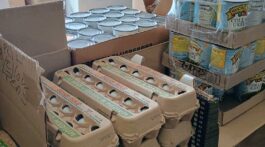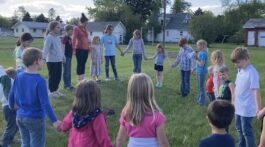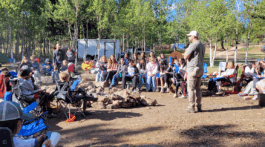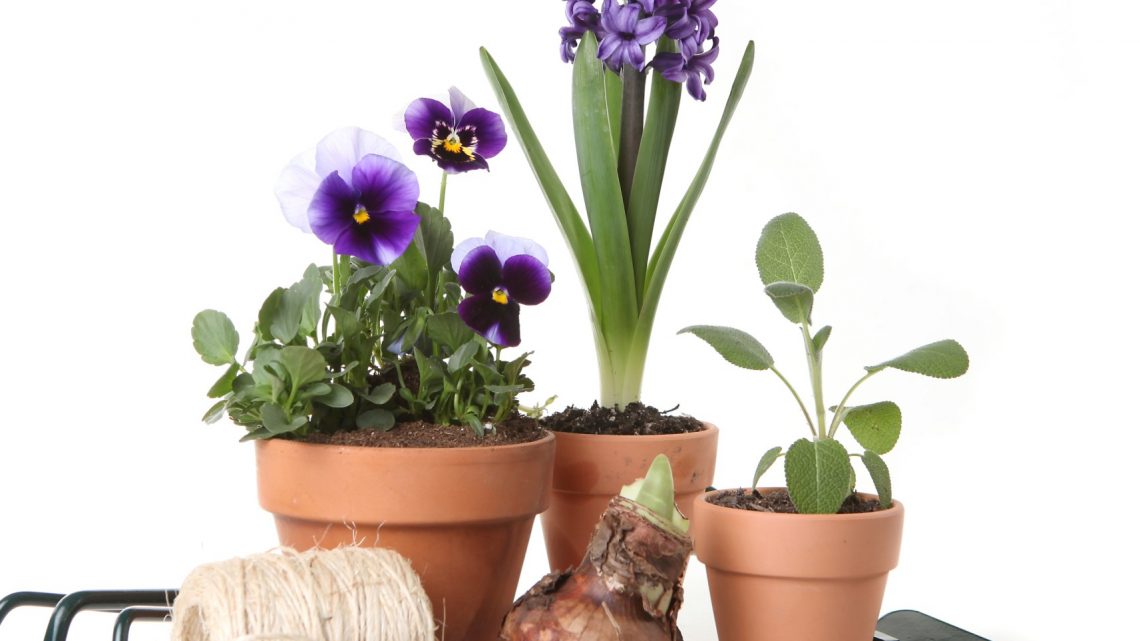As soon as the winter snows begin to fade I start thinking about gardening. Actually, I guess I start in January when the seed catalogs are arriving in my mailbox. It’s just hard to DO much gardening before the soil thaws.
I’m an intermediate gardener – not a beginner anymore, but not an expert either. Over the last ten years I’ve made my share of mistakes, like planting things in the wrong places and not pruning properly. But I’ve learned from situations that didn’t turn out as I had envisioned, and I’ve realized how important it is to be informed and plan ahead. For those of you who are just beginning to love gardening, the things I’ve learned may be helpful.
1. The first thing a successful gardener must do is analyze the environment. What are the surrounding conditions? Do you live in the desert? By the sea? Are you growing a woodland garden, a roof-top city garden, a rock garden, or a kitchen herb garden? Do you have to deal with bitter winds, lots of shade or air pollution? Beautiful gardens can grow under all these circumstances — if you are aware of them and prepare accordingly. Making a master landscape plan that takes all these variables into consideration is very helpful to most gardeners.
2. Next you need to know your soil type. Is it sand, or clay, or loam? Acid or alkaline? This is the foundation of your garden, so it is imperative to know what you’re working with. Have an expert test it, or get a do-it-yourself kit.
3. When you’re ready to grow things, it’s important to be able to identify different species of plants. It can be difficult to tell tiny seedlings apart, but the sooner you get a positive identification the better. Sometimes, after careful observation, you will determine that a young plant needs to be moved to a more suitable location in your garden. Or it may need to be protected from harsh elements.
4. One of the most common mistakes among inexperienced gardeners is failure to allow adequately at planting time for mature growth. Of course, all plants grow. But some need only a few inches of space, while others need many feet. Remember also that some plants need horizontal space and some need vertical space. Allowing the appropriate types and amounts of space will enable plants to look their best at maturity (and produce well if you’re growing edibles).
5. After the plan is carefully made and all the hard work of planting is done, you will be able to sit back and enjoy. But don’t get too comfortable! There’s still weeding and watering and fertilizing to be done. Neglect can kill…very quickly.
Sometimes I’m tempted to worry that my seedlings aren’t growing as fast as my neighbor’s, or my flowers aren’t blooming as early or my vegetables producing as heavily. Then I must remind myself that I’m not responsible for making the seeds sprout or the sun shine or the rain fall. I just need to keep weeding, pruning and, sometimes, applying a bit of fertilizer. And always I must keep focused on my goal of growing a beautiful, mature garden that is refreshing to others and draws attention to the Creator of all things beautiful.










